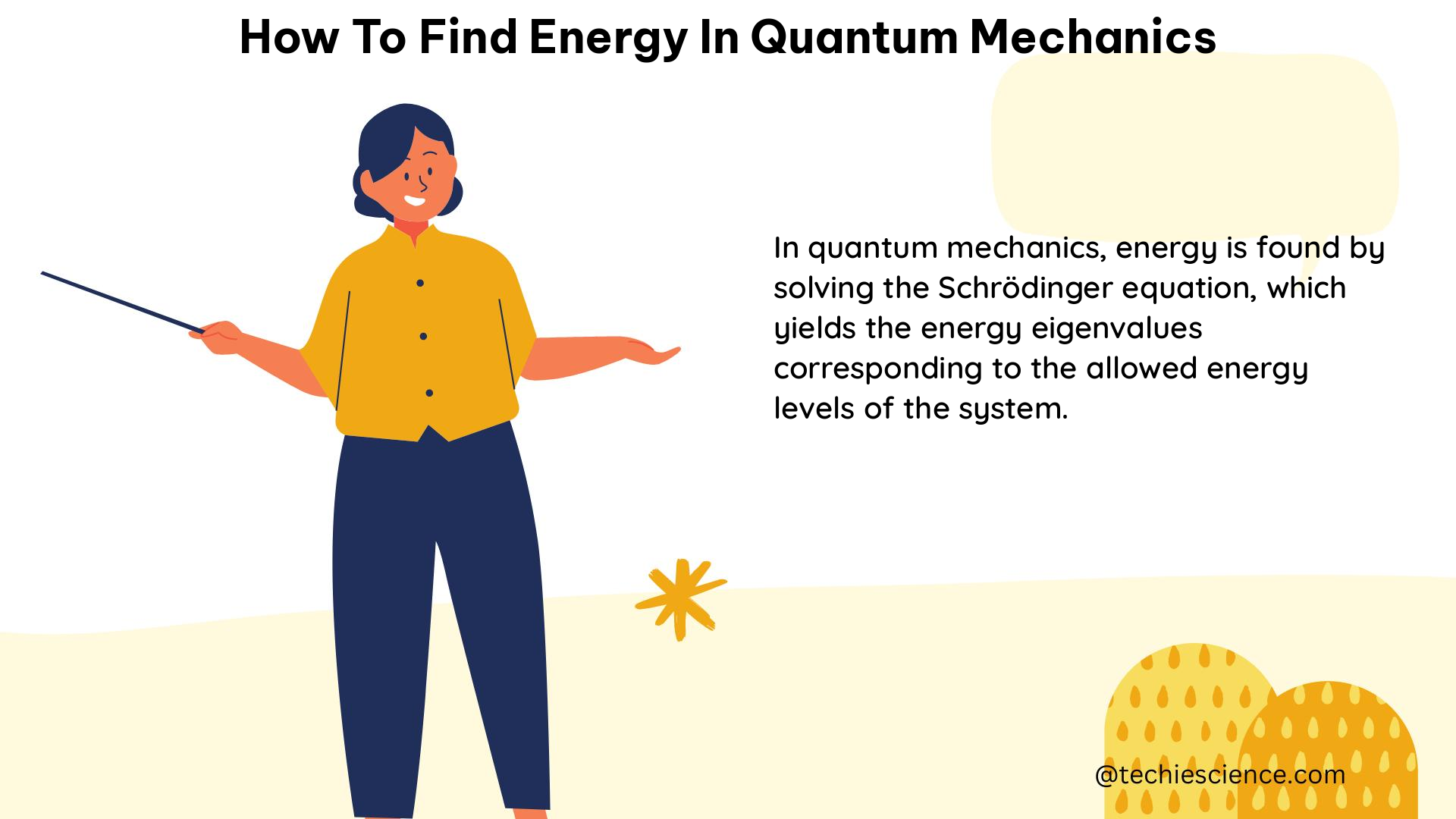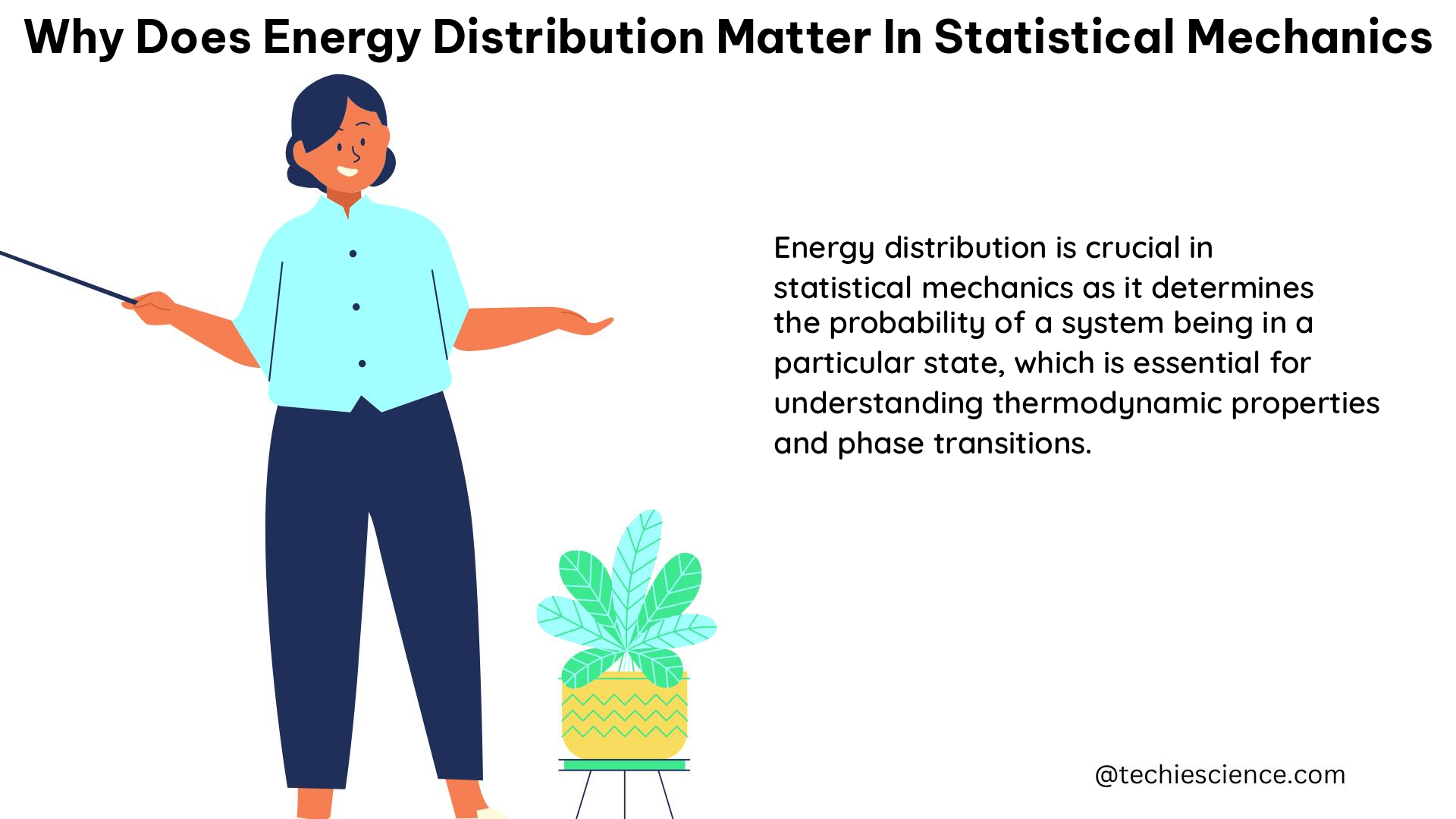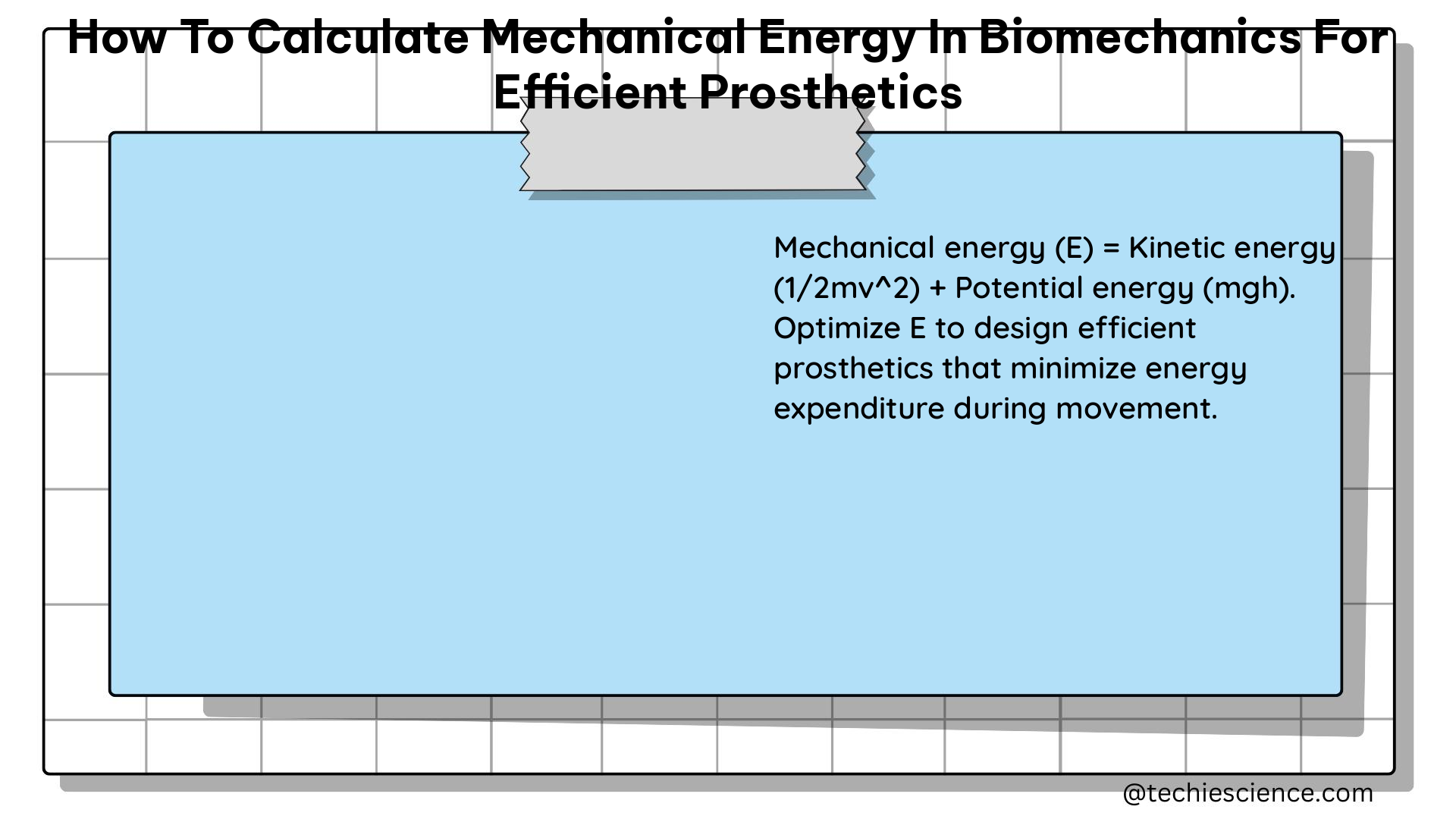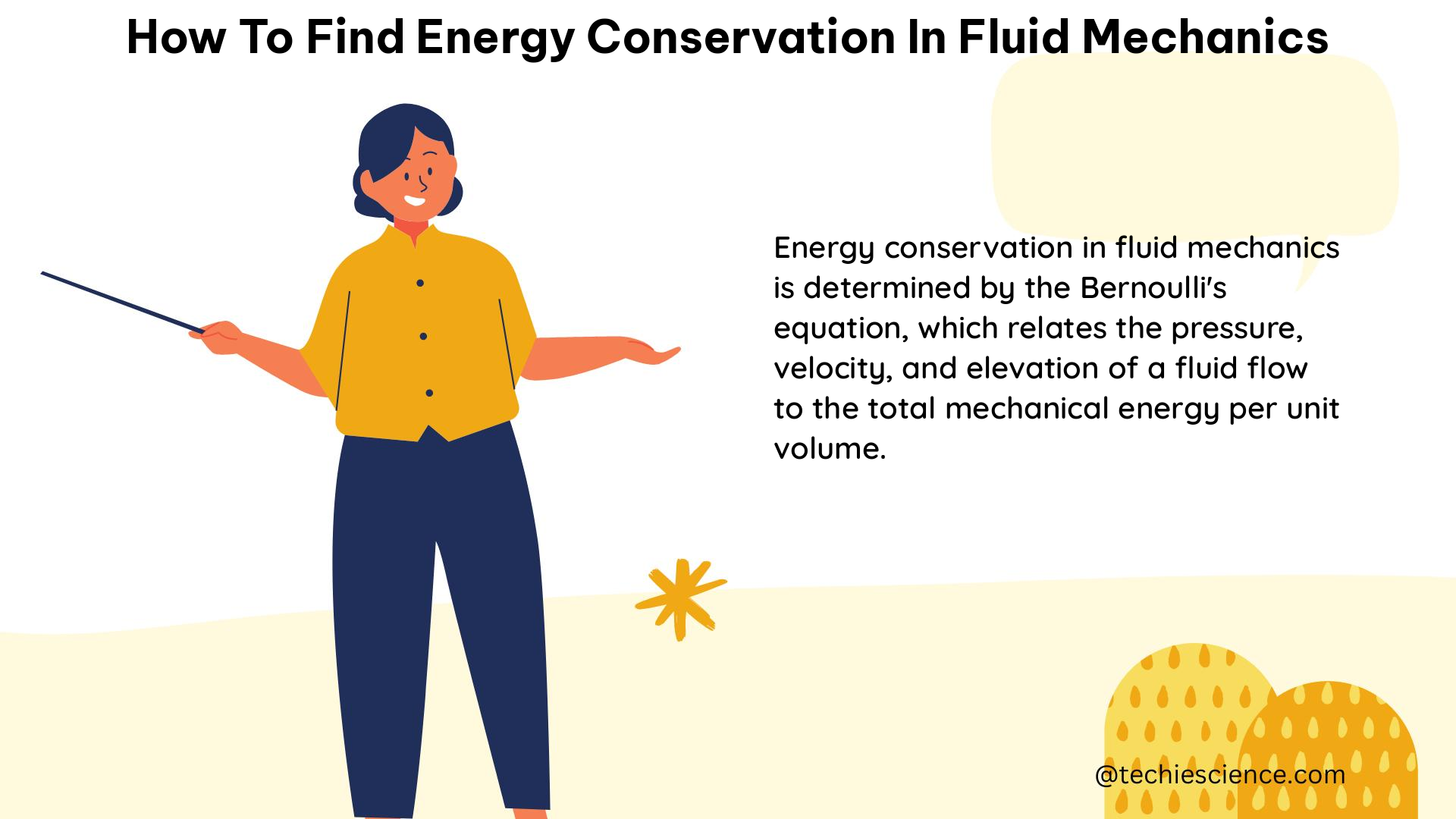Angular motion in biomechanics involves the rotation of body segments around a central axis, providing valuable insights into human movement and performance. This comprehensive guide delves into the measurable and quantifiable data related to angular motion, equipping you with a deep understanding of this crucial aspect of biomechanics.
Angular Position and Displacement
Angular Position (θ)
Angular position, measured in radians (rad), represents the angle of rotation from a reference position. For example, during a jumping jack, the angle of the arm can be measured from 0 degrees (0 rad) to 180 degrees (π rad).
The formula for angular position is:
θ = θ₀ + ∫ ω dt
Where:
– θ is the angular position (rad)
– θ₀ is the initial angular position (rad)
– ω is the angular velocity (rad/s)
– t is the time (s)
Angular Displacement (Δθ)
Angular displacement is the total change in angular position, also measured in radians. It can be calculated using the equation:
Δθ = θf – θi
Where:
– Δθ is the angular displacement (rad)
– θf is the final angular position (rad)
– θi is the initial angular position (rad)
For instance, if the arm moves from 0 degrees (0 rad) to 180 degrees (π rad) during a jumping jack, the angular displacement would be Δθ = π rad.
Angular Velocity and Acceleration
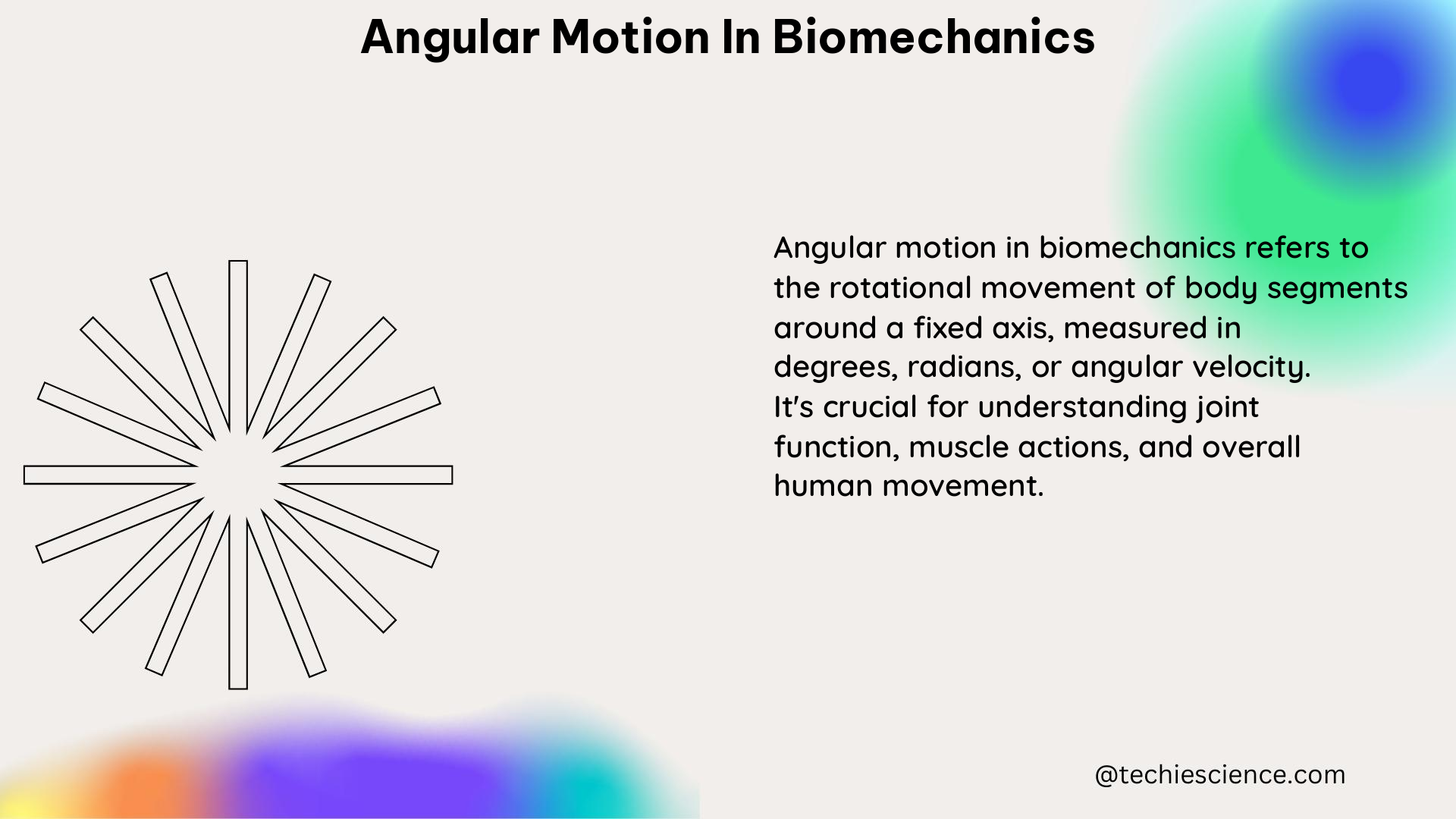
Angular Velocity (ω)
Angular velocity, measured in radians per second (rad/s), is the rate of change of angular displacement. It can be calculated using the equation:
ω = Δθ / Δt
Where:
– ω is the angular velocity (rad/s)
– Δθ is the change in angular position (rad)
– Δt is the change in time (s)
Angular Acceleration (α)
Angular acceleration, measured in radians per second squared (rad/s²), is the rate of change of angular velocity. It can be calculated using the equation:
α = Δω / Δt
Where:
– α is the angular acceleration (rad/s²)
– Δω is the change in angular velocity (rad/s)
– Δt is the change in time (s)
Torque and Rotational Inertia
Torque (τ)
Torque, measured in newton-meters (N·m), is the turning effect of a force. It is the product of the force (F) and the lever arm (r), calculated as:
τ = F × r
For example, in a golf swing, the torque applied by the muscles around the shoulder joint contributes to the angular motion of the golf club.
Rotational Inertia (I)
Rotational inertia, measured in kilogram-meters squared (kg·m²), is a measure of an object’s resistance to changes in its rotational motion. It is analogous to linear inertia, but for rotational motion.
The formula for rotational inertia is:
I = Σ m₍ᵢ₎ r₍ᵢ₎²
Where:
– I is the rotational inertia (kg·m²)
– m₍ᵢ₎ is the mass of the ith particle (kg)
– r₍ᵢ₎ is the distance of the ith particle from the axis of rotation (m)
Linear and Angular Relationships
Linear Displacement (d)
The linear displacement of a point on a rotating body is related to its angular displacement by the equation:
d = rθ
Where:
– d is the linear displacement (m)
– r is the radius from the axis of rotation (m)
– θ is the angular displacement (rad)
Linear Velocity (v)
The linear velocity of a point on a rotating body is related to its angular velocity by the equation:
v = rω
Where:
– v is the linear velocity (m/s)
– r is the radius from the axis of rotation (m)
– ω is the angular velocity (rad/s)
Examples and Applications
Jumping Jack
During a jumping jack, the arm moves through 180 degrees (π rad) of angular displacement. Points closer to the shoulder joint have a shorter linear displacement than points closer to the hand, due to the relationship between linear and angular motion.
Golf Swing
In a golf swing, the angular motion of the golf club during the windup is related to the linear motion of the club head after release. The torque applied by the muscles around the shoulder joint contributes to the angular acceleration of the club, which in turn affects the linear velocity and distance of the golf ball.
Biomechanical Analysis
Angular kinematics is widely used in biomechanical analysis to study human movement, such as the rotation of body segments during gait, jumping jacks, or sports activities like golf and baseball. By understanding the angular motion of these movements, researchers and practitioners can gain insights into the underlying mechanics and optimize performance.
Key Concepts and Formulas
Angular Kinematics
Angular kinematics is the study of angular motion, including angular position, displacement, velocity, and acceleration. It provides a framework for understanding and quantifying the rotational aspects of human movement.
Rigid Bodies
In biomechanics, body segments are often assumed to be rigid bodies, meaning they maintain a constant length during motion. This simplifies the analysis of angular motion, as the rotation of a rigid body can be described by the motion of a single point.
Frame of Reference
Angular motion occurs about an axis of rotation, and the frame of reference is a combination of the axis of rotation and a reference axis. The choice of frame of reference is crucial in the analysis of angular motion, as it determines the coordinate system used to describe the rotation.
Formulas and Equations
- Angular Position: θ = θ₀ + ∫ ω dt
- Angular Displacement: Δθ = θf – θi
- Angular Velocity: ω = Δθ / Δt
- Angular Acceleration: α = Δω / Δt
- Torque: τ = F × r
- Rotational Inertia: I = Σ m₍ᵢ₎ r₍ᵢ₎²
- Linear Displacement: d = rθ
- Linear Velocity: v = rω
References
- Nelson, VCE Physical Education Study Design (2017–2021)
- AccessPhysiotherapy, Chapter 11: Angular Kinematics of Human Movement
- Pressbooks, Biomechanics of Human Movement, Chapter 6.1: Rotation, Angle, and Angular Velocity
- YouTube, Angular Motion – Biomechanics
- J. Mercer, Kinematics Handout
